How Do You Unlock An Sd Card?
Unlocking an SD card can be a straightforward process, but it can also present some challenges depending on the type of lock and the device you are using. Whether you are dealing with a physical lock switch on the SD card itself or a digital lock that requires software intervention, understanding the steps involved can save you time and frustration. In this article, we will explore various methods to unlock an SD card, addressing both physical and digital locks, and provide practical solutions to common problems.
Understanding the Types of Locks on SD Cards

Before diving into the unlocking process, it is essential to understand the two primary types of locks that can be found on SD cards:
1. Physical Lock Switch: Many SD cards come with a small switch on the side that can be toggled to lock or unlock the card. When the switch is in the "Lock" position, the card is write-protected, meaning you cannot add, delete, or modify the data on the card.
2. Digital Lock: Some SD cards may become locked due to software issues, such as file system corruption, password protection, or other digital restrictions. These locks require different methods to unlock compared to physical locks.
Unlocking an SD Card with a Physical Lock Switch

The simplest and most common type of lock is the physical switch on the side of the SD card. Here’s how to unlock it:
1. Locate the Lock Switch: Remove the SD card from your device and examine the side of the card. You should see a small switch labeled "Lock" or with a padlock icon.
2. Toggle the Switch: Move the switch to the opposite position. If it was in the "Lock" position, slide it to the "Unlock" position. This should disable the write protection.
3. Reinsert the SD Card: Place the SD card back into your device and check if you can now write to the card. If the card is still locked, try toggling the switch back and forth a few times to ensure it is fully disengaged.
Unlocking an SD Card with Digital Locks
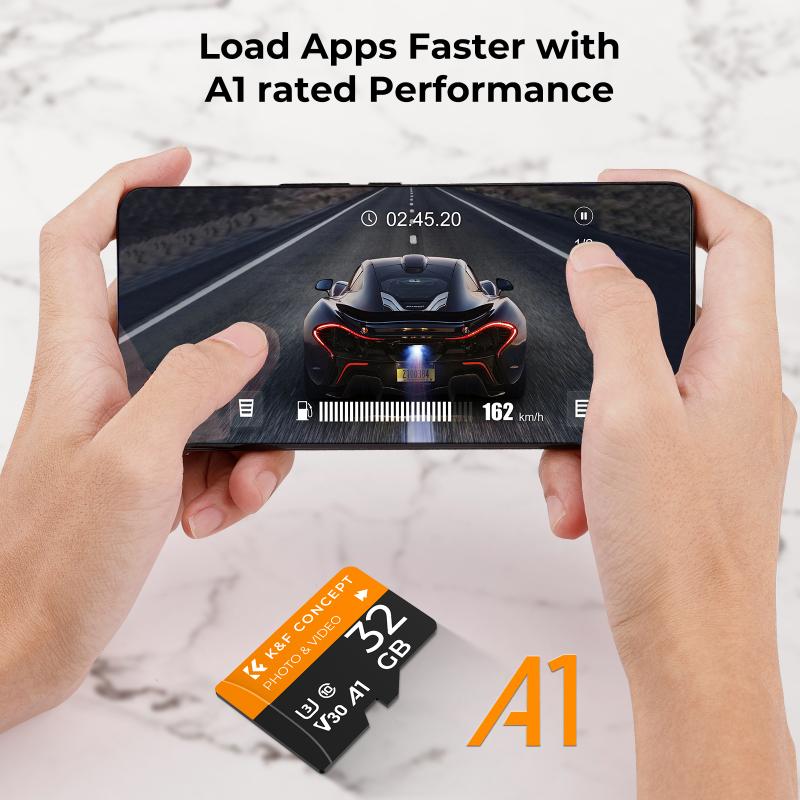
If your SD card is locked due to digital reasons, the process can be more complex. Here are several methods to address digital locks:
Method 1: Using a Computer
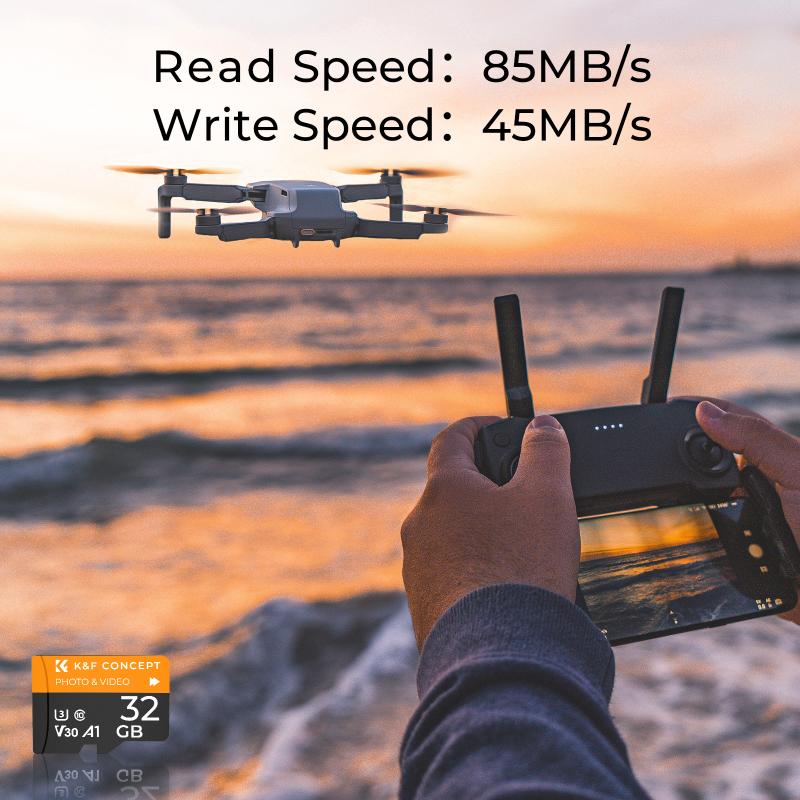
1. Insert the SD Card into a Computer: Use an SD card reader to connect the card to your computer.
2. Check for Write Protection: Open "My Computer" or "This PC" and locate the SD card. Right-click on the card and select "Properties." Look for any options related to write protection and disable them if possible.
3. Format the SD Card: If the card is still locked, you may need to format it. Right-click on the SD card and select "Format." Choose the file system (usually FAT32 or exFAT) and click "Start." Note that formatting will erase all data on the card, so ensure you have backed up any important files.
Method 2: Using Diskpart (Windows)
1. Open Command Prompt: Press `Win + R`, type `cmd`, and press Enter to open the Command Prompt.
2. Launch Diskpart: Type `diskpart` and press Enter. This will open the Diskpart utility.
3. List Disks: Type `list disk` and press Enter to see a list of all connected drives. Identify your SD card by its size.
4. Select Disk: Type `select disk X` (replace X with the number corresponding to your SD card) and press Enter.
5. Clear Read-Only Attribute: Type `attributes disk clear readonly` and press Enter. This command will remove the write protection from the SD card.
6. Exit Diskpart: Type `exit` and press Enter to close Diskpart. Check if the SD card is now unlocked.
Method 3: Using Third-Party Software
Several third-party software tools can help unlock SD cards. Some popular options include:
1. SD Card Formatter: This tool, provided by the SD Association, can format and potentially unlock SD cards. Download and install the software, then follow the on-screen instructions to format your card.
2. EaseUS Partition Master: This software offers a range of disk management tools, including the ability to remove write protection. Download and install the software, then use the "Write Protection" feature to unlock your SD card.
Addressing Common Problems
Even after following the above methods, you may encounter some issues. Here are solutions to common problems:
1. SD Card Not Recognized: If your computer or device does not recognize the SD card, try using a different card reader or USB port. Ensure the card reader is compatible with your SD card type (e.g., SDHC, SDXC).
2. Data Recovery: If you need to recover data from a locked SD card before formatting, consider using data recovery software like Recuva or PhotoRec. These tools can help retrieve files from a locked or corrupted SD card.
3. Physical Damage: If the SD card is physically damaged, such as a broken lock switch, you may need to replace the card. In some cases, you can temporarily fix a broken switch by taping it in the "Unlock" position, but this is not a long-term solution.
Preventing Future Lock Issues
To avoid future problems with locked SD cards, consider the following tips:
1. Handle with Care: Always handle your SD cards with care, avoiding physical damage to the card or the lock switch.
2. Regular Backups: Regularly back up the data on your SD card to prevent data loss in case of lock issues or card failure.
3. Proper Ejection: Always properly eject your SD card from devices to avoid file system corruption. On Windows, use the "Safely Remove Hardware" option, and on macOS, use the "Eject" option.
4. Keep Software Updated: Ensure your device's firmware and any related software are up to date to prevent compatibility issues that could lead to digital locks.
Unlocking an SD card can be a simple task if you know the type of lock you are dealing with and the appropriate method to address it. Whether it’s a physical lock switch or a digital lock, the steps outlined in this article should help you regain access to your SD card. By understanding the different types of locks and following the provided solutions, you can effectively unlock your SD card and prevent future issues. Remember to handle your SD cards with care and regularly back up your data to ensure a smooth and trouble-free experience.


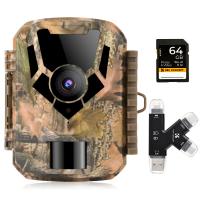
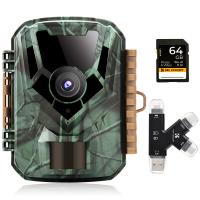




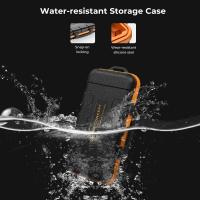

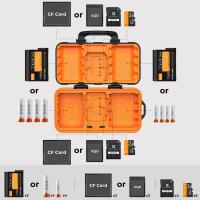

There are no comments for this blog.